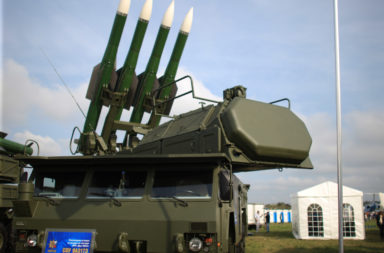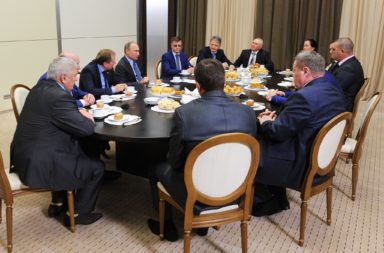60 years ago the people of Hungary tried to escape the Soviet Empire and the sub-human communist dictatorship.
The Hungarian Uprising failed, as we know in 1956.
The people within the Soviet dictated Warsaw Pact in Eastern Europe – like in Hungary 1965 , East Germany (GDR, the Volksaufstand) in 1953 and the Czech Republic in 1967 (the Prague Spring) – rose up against Moscow and its communist puppet governments several times. Many thousands were killed or imprisoned.
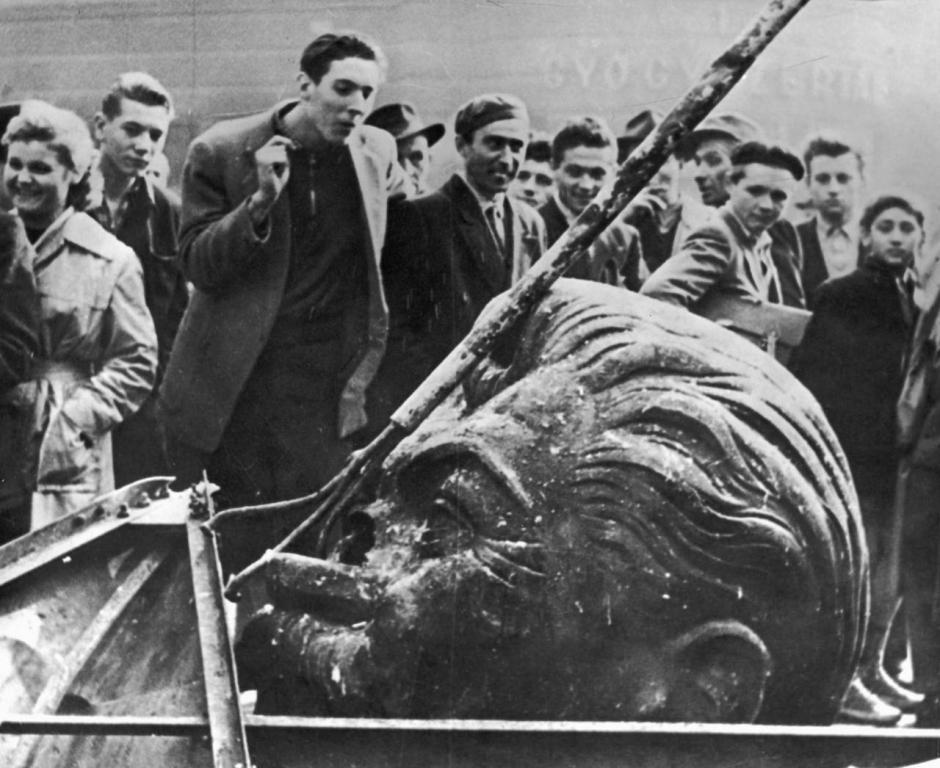
They wanted freedom from the Kremlin and the forces within. No communism any more.
When we look at Russia and the policy of President Putin, we should remember this dark history, with the bad Russian track record, and see clearly why the Central and Eastern European states are suspicious and fear the influence of New Russia and the old style of a new Russian dictatorship and all were eager to join NATO asap after 1990.
The Hungarian Uprising was most important.
- From 1945 onwards the Hungarians were under the control of Moscow. American president Roosevelt had given the ally and communist dictator Stalin control over Eastern Europe in the treaties of Yalta and Potsdam on a silver tablet. After a brutal dictatorship by Adolf Hitler from 1939 to 1945, another of American friend Uncle Joe started from 1945 to 1990.
- The Russians under Joseph Stalin stationed thousands of Russian troops and hundreds of tanks in Hungary and installed Rakosi as their puppet.
- When Stalin died in 1953 the poor Eastern European people hoped to become free again – in vain. In February 1956, the new Russian leader Khruschev made a bitter attack on the dead Stalin and his policies, and in July 1956 in a gesture to the Hungarians, Rakosi was forced to resign – but no freedom yet.
- Communism was a total disaster economically as well. A shortage of everything, fuel, food, housing.
- On October 23rd 1956, students and workers took to the streets of Budapest and issued their Sixteen Points demanding freedom, more food, the removal of the secret police, and the removal of Russian control.
- Imre Nagy was appointed prime minister and Janos Kadar foreign minister. They were thought to be liberal, and in Moscow this was felt to be the best way to keep the “hooligans” happy – this is how the Moscow media referred to the protesters. As a gesture, the Red Army pulled out and Nagy allowed political parties to start again.
- The most famous man to criticise the Russians was released from prison – famous Cardinal Mindszenty.
- On October 31st, 1956, Nagy broadcasted that Hungary would withdraw itself from the Warsaw Pact. They crossed the Red Line, a mistake.
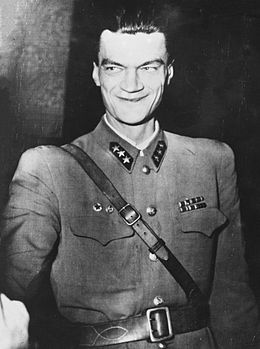 Pál Maléter (photo) became the military leader of the 1956 Hungarian Revolution, promoted to General-Colonel and appointed minister of defense 29th of October 1956. As a colonel and commander of a division stationed in the capital of Budapest, he has sent by the communist government to end the uprising for freedom. But he decided to change sides and supported them. Thus he became the most prominent officer supporting freedom and not the Soviet puppet government of Rakosi. November 3rd he negotiated with Soviet officers and – against international law- are arrested and later executed along with the leader of the Hungarian uprise, Imre Nagy and others in prison 16 June 1958.
Pál Maléter (photo) became the military leader of the 1956 Hungarian Revolution, promoted to General-Colonel and appointed minister of defense 29th of October 1956. As a colonel and commander of a division stationed in the capital of Budapest, he has sent by the communist government to end the uprising for freedom. But he decided to change sides and supported them. Thus he became the most prominent officer supporting freedom and not the Soviet puppet government of Rakosi. November 3rd he negotiated with Soviet officers and – against international law- are arrested and later executed along with the leader of the Hungarian uprise, Imre Nagy and others in prison 16 June 1958.
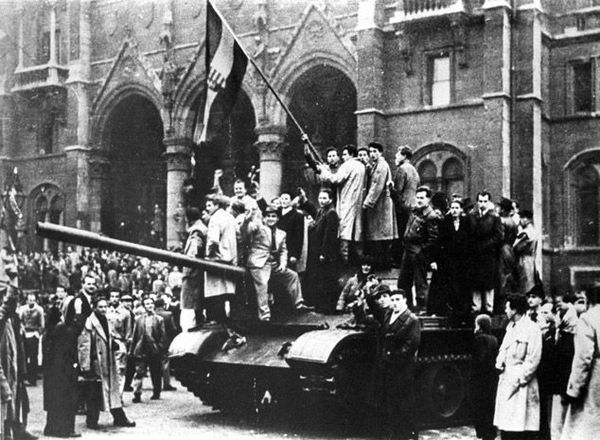
- The Russian established a new rival government. On November 4th, Soviet tanks went into Budapest to restore the old communist “order” and they acted with immense brutality even killing wounded people. Tanks dragged round bodies through the streets of Budapest as a warning to others who were still protesting.
- An estimated 30,000 people were killed. To flee the expected Soviet reprisals, an 200,000 fled to the west leaving all they possessed in Hungary. Nagy was tried and executed and buried in an unmarked grave. By November 14th, the communist order had been restored. Kadar was put in charge. Soviet rule was re-established and freedom finished.
- How did America react, they who had paved the ground for the un-freedom in this part of Europe? President Eisenhower: “I feel with the Hungarian people.” US Secretary of State J F Dulles: “To all those suffering under communist slavery, let us say you can count on us.” From America nothing than words.
The Hungarian Uprising showed as soon as 60 years ago:
- The wish in Eastern Europe to get away from Moscow as a brutal foreign ruler
- Why all Central and Eastern European wanted to join NATO as soon as possible after 1990
- Why the people of Hungary, Poland, the Baltic states and all other Eastern European countries mistrust new Russian Czar Putin and his power-play he demonstrated in Ukraine today
- Until now, brutal dictator Stalin and his suppression of the Russian and the European people are not criticized by Mr. Putin and his government, and freedom of expression and media strangulated. A bad omen for the people who suffered from 1945 to 1990 unter Russian rulers and a promoter of NATO membership.
- The real reason for the expansion of NATO to the Russian border since 1990 was not fueled by Washington or Brussels, but Moscow. The mass killings and bad behavior in too long years from 1945 to 1990. Today combined with no reconciliation and support for freedom by Mr Putin, even a revival of Stalin in Russia.
- For the majority of Europeans NATO is the number one anchor for freedom and Moscow the guarantee for their unfreedom.
